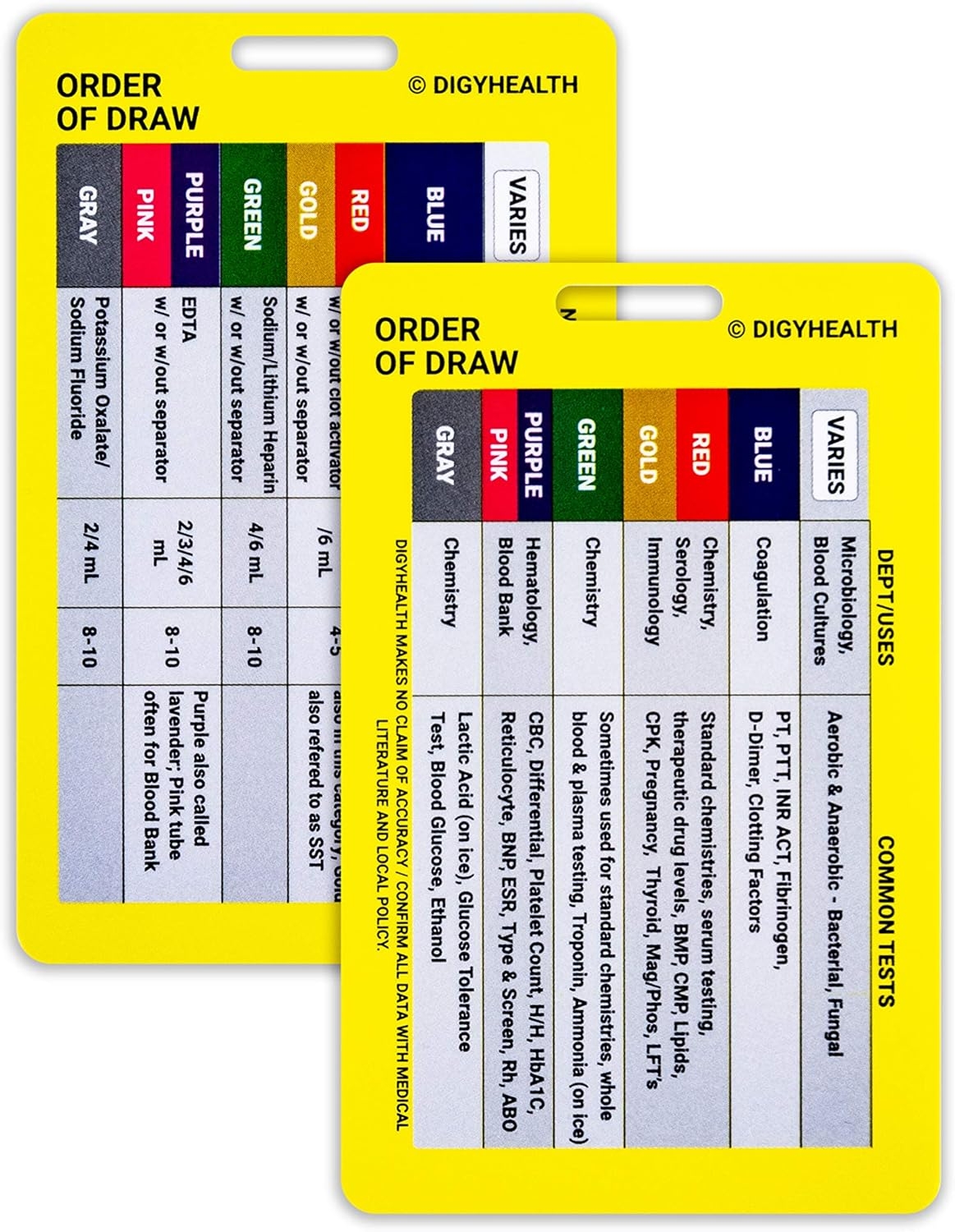Phlebotomy is the process of drawing blood from patients for diagnostic testing or medical treatment purposes. It is a crucial part of healthcare that requires precision and care to ensure accurate results and patient safety. One important aspect of phlebotomy is the order of draw, which refers to the sequence in which different blood samples are collected during a venipuncture procedure.
Understanding the proper order of draw is essential for phlebotomists to prevent sample contamination and ensure the accuracy of test results. By following a standardized order, phlebotomists can minimize the risk of introducing additives or substances from one tube into another, which could lead to erroneous test results and jeopardize patient care.
Order of Draw in Phlebotomy
1. Blood Cultures: The first tube to be drawn should always be the blood culture bottles to prevent contamination with skin flora. This step is crucial in detecting and identifying potential bloodstream infections.
2. Coagulation Tubes: Next, coagulation tubes should be collected to prevent interference with clotting factors. These tubes are typically filled with citrate to preserve the blood’s ability to clot.
3. Serum Tubes: Serum tubes, which are used for chemistry and serology tests, should be drawn next. These tubes do not contain any anticoagulants, allowing the blood to clot and separate into serum for testing.
4. Heparin Tubes: Heparin tubes, which are used for various chemistry tests, should be collected after serum tubes. Heparin prevents blood clotting by inhibiting thrombin, making it suitable for tests that require plasma rather than serum.
5. EDTA Tubes: Lastly, EDTA tubes should be drawn for tests that require whole blood or plasma samples. EDTA is an anticoagulant that prevents blood clotting by binding to calcium ions, making it ideal for tests that require intact blood cells.
In conclusion, understanding and following the proper order of draw is essential in phlebotomy to ensure accurate test results and patient safety. By adhering to a standardized sequence, phlebotomists can minimize the risk of sample contamination and maintain the integrity of blood samples for diagnostic testing. It is crucial for all healthcare professionals involved in phlebotomy to be trained in the correct order of draw to provide quality care and reliable test results for patients.
